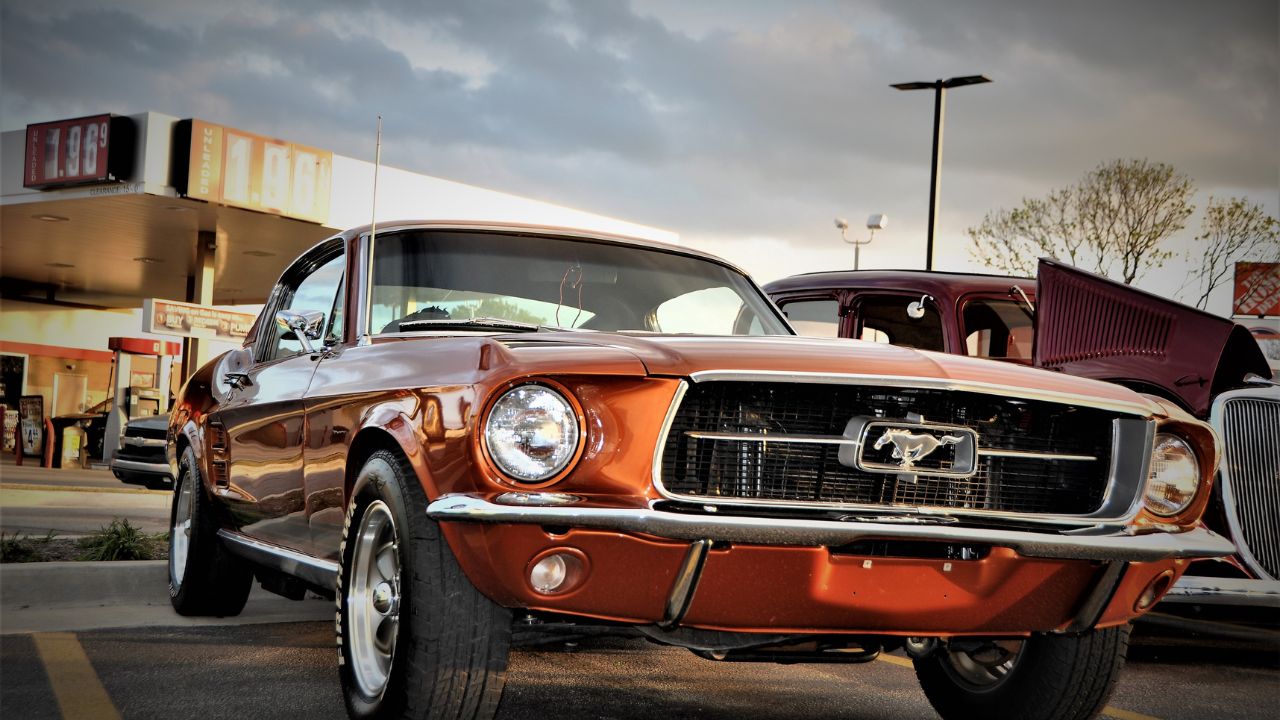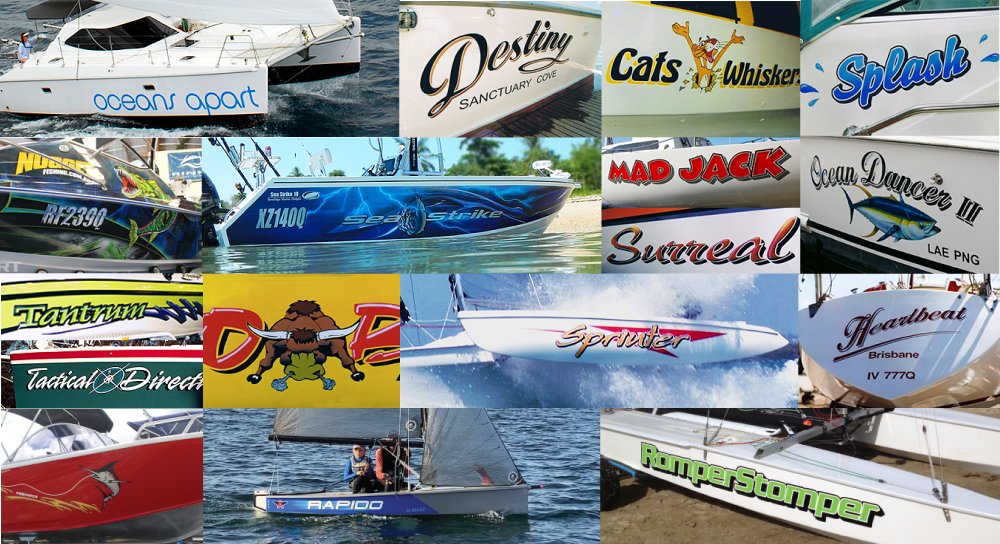
The Detroit OEM's, formerly known as The Big Three GM Ford Ford Chrysler, were responsible for the massive displacement engines that fueled the muscle car craze. In the mid-1960s, Japan and Germany invaded. Daimler, Volkswagen and Toyota were the car makers, while Nissan, Mazda and Mitsubishi were the Japanese carmakers. The American muscle cars were born out of this invasion.
1970 Chevrolet Chevelle SS 454 LS6
The LS6 engine in the 1970 Chevrolet Chevelle is one of the greatest examples of the modern muscle car. GM rated LS6 at 450 horsepower, but real-world numbers place it closer to 500. The LS6 engine is renowned for its enormous torque curve. The torque produced by big-inch motors can shred tires. The Chevelle LS6 was a beast on the track.
During the horsepower battles of the late 1960s to early 1970s the LS6 engine proved to be the key to defeating the competition. The Chevrolet Chevelle SS454 LS6 engine was the secret weapon during the 1970 muscle car fight. The Ford 428 Cobra Jet's big engine, Chrysler's 440 wedge or Dodge 426 Hemi's big one was all powerful, but the LS6 option was limited to a single model-year, 1970. Buick also had a 455-cubic inch (7.46-L), engine in the 1970s.

1970 Plymouth Duster
The performance-oriented, compact 1970 Plymouth Duster was a muscle car that put bigger cars to shame. This compact car boasted a 340 cubic-inch V8 as well as a sporty and powerful hood. Its front end sheetmet and hood scoop were very similar to the Valiant. However, it was distinguished with its cowlback design. The price of Duster models in 1970 was $2,172. They were available in two-door coupes or sedans.
The Plymouth Valiant's flagship model, the duster, was its flagship. It was introduced in 1970, and sold for seven year. The 340-cubic inches V-8 was the most powerful, with 275 horsepower. Budget-friendly engines include two slant-sixes and a 3-18-cubic inches V-8. The sporty Plymouth was the most popular brand in 1970. Despite its affordability, many buyers loved this duster's performance.
1970 Coronet Super Bee
With its iconic look and unstoppable horsepower, the 1970 Coronet Super Bee remains one of the most recognizable cars of all times. This Dodge muscle car boasts stunning looks and a meticulous restoration. Future Classics can help you realize your dream of owning one these iconic cars. Our team can help you start the restoration.
This iconic muscle car was part the Scat Pack. Its original nose design was completely changed and its base cost was decreased to $3074. The car's paint colors such as Panther Pink were chosen to make a strong statement. This was a rare color and only a few cars were painted it. Despite this unusual style, sales dropped in 1970.

1970 Pontiac Trans Am SD-455
The legendary 1970 Pontiac Trans Am remains one of America's most iconic muscle cars. This supercharged four cylinder engine produced 290 horsepower (270 PS) and was the first car with such a high compression ratio. Pontiac engineers worked hard to develop this engine in 1972. This engine became the foundation of the SD-455 musclecar. Despite its high compression ratio, it produced only 290 SAE horsepower.
In 1977, a 16 year old car enthusiast located a 36K-mile survivor. The Trans Am, the first American car to sport a hood sticker, was driven by numerous A-list celebrities. Burt Reynolds owned a Trans Am. He drove it on several movie sets. It's clear why this car is called "Screaming Chicken".
FAQ
What qualifications does a truck mechanic need?
Although you don't need to have any formal qualifications, your experience working with trucks and engines is invaluable. Your expertise is invaluable because you know how quickly and efficiently to diagnose problems.
Your knowledge of diesel technology will allow you to identify the parts that are required to fix our vehicles.
What length of an automotive course is it?
An automotive course is three years long.
The first year is spent on theory, learning all about cars. The second year will be spent in practical training. Here you will learn how fix engines, drive and other mechanic jobs. The final year includes a placement at an auto shop. This gives you real-world experience fixing real problems.
Does it matter where I go to college?
No, not really. There are no differences between colleges when it comes to getting into the automotive industry. However, some schools offer better programs than others so if you're looking for something more specialized, look elsewhere.
How long does an apprenticeship in automotive mechanics last?
An automotive mechanic apprenticeship takes around three years to complete. This includes two year at school as well as two years as an apprenticeship. The first year teaches you all aspects, from theory to practical skills and safety procedures. You will also learn to use tools efficiently and safely during this period. After the first year, a second year will be spent on-thejob training. This year you'll get experience in different trades. These years will offer you the opportunity to attend formal classes.
The final year of the program is spent gaining qualifications and becoming certified in the field. These include NVQs (National Vocational Qualifications), which are awarded after passing exams covering specific topics within the industry. Additionally, HNCs are Higher National Certificates that cover general subjects such management, customer service, and business administration. Finally, there are City & Guilds certificates that are offered for those who wish to become qualified in certain trades.
Statistics
- 52% of Mechanics in the United States think their salaries are enough for the cost of living in their area. (indeed.com)
- Apprentice mechanics earn significantly less hourly than mechanics who have completed training, with a median wage of approximately $14.50 an hour, according to PayScale. (jobhero.com)
- There were 749,900 jobs available for automotive service technicians and mechanics in 2016, which is expected to grow by six percent through 2026. (jobhero.com)
External Links
How To
How to properly diagnose your car for repair
First, look at the symptoms of your car to determine if it needs repair. Then, follow these steps to diagnose your vehicle properly.
-
Check engine lights. The dashboard light indicators, including the engine light, oil pressure gauge, battery light indicator, coolant temperature gauge and RPM gauge, should be checked. You may have a problem with your vehicle if any of the indicators are flashing for more than a few days.
-
Check the treads of your tires. Tire wear can lead to problems in handling and brake performance. It is also important to inspect the wheel treads. They should look clean and be smooth. The best way to do this is to remove the wheels and take them off. Use a flashlight to see how well the treads are worn.
-
Check the level of brake fluid. Keep track of the brake fluid level in your vehicle. This ensures that your brakes work properly. Low brake fluid levels could cause your brakes to fail when you apply pressure.
-
Check the suspension system. It is common for vehicles to have a suspension system which absorbs shocks or vibrations. It improves control and allows for smoother accelerations or decelerations. If your vehicle has a suspension problem, it might feel wobbly or shake uncontrollably. Try putting some weight on your front or rear axle to determine if you have a suspension problem.
-
Take a look at the steering column. The steering column connects the steering wheel to all other components of the vehicle. Steering columns can be damaged by accidents. You should replace your steering column if it feels loose or unstable.
-
Observe the exhaust pipes. The exhaust pipe helps move gases from a combustion chamber into the atmosphere. If the exhaust pipe is damaged or leaks, harmful fumes can enter your cabin. If your tailpipe bends, it is important to fix it immediately.
-
Check under the hood. If you see anything unusual, take a look under the hood. Leakage of fluids in your engine could indicate that it is leaking. If you smell something strange coming from your engine compartment you should call a professional technician.
-
Check the air filter. Your vehicle's air filter collects dust and debris from the outside environment. A dirty filter can lead to a poor vehicle's performance. Replace your air filter regularly.
-
Make sure you check the fan belt. The fan belt is the link between the engine and the transmission. The engine will not turn if the fan belt breaks. It's easy to replace the belt. All you need is a screwdriver and some pliers.
-
Make sure you inspect the radiator hoses and hoses. The radiator hose is used to carry water from the radiator to your engine. It can crack or become damaged and leak hot liquid onto an engine. The hose can be repaired with a pair or needle-nosepliers, and a wire brush.
-
The windshield wipers should be checked. Windshield wipers work by using electricity to remove rain and snow. If they stop functioning, they can leave streaks in your window glass. To fix the problem, simply change the washer fluid.
-
You should inspect the cables. Batteries provide power to electrical systems inside your car. If you are replacing batteries, disconnect the negative cord first. Failure to do so can damage your alternator.
-
Make sure your headlights are working properly. The headlights provide illumination for the road ahead. If they don't work properly, it can cause poor visibility. You can check the bulbs to make sure they aren't burned out.
-
Pay attention to the lights. The lights are there to warn other drivers if they approach you at night. You may be distracted by the light and end up in an accident.
-
Inspect your brakes. Before you get in a car accident, your brakes will be slowing down your vehicle. If your brakes aren't working properly, you may lose control and crash into other cars.
-
Check the oil regularly. The oilkeeps your engine lubricated. It helps keep metal parts from getting too worn down. It is recommended to change the oil once a month.